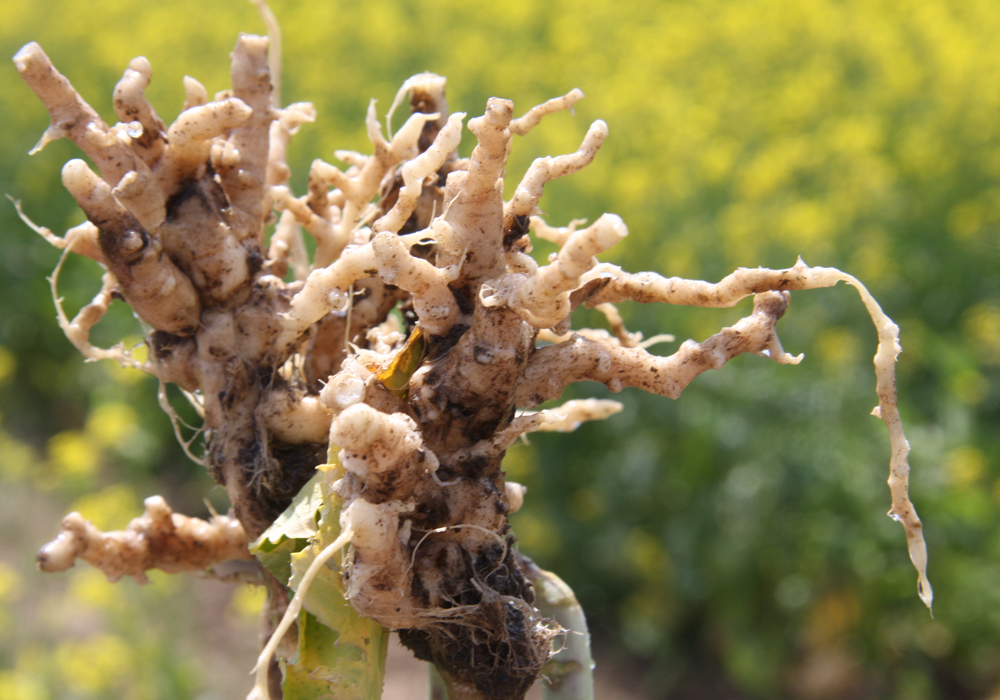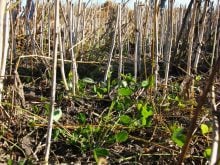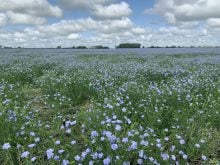The new strain, pathotype 3A, is more difficult to control than other types because it is able to overcome resistance
Clubroot is now more hazardous in Manitoba.
Provincial experts have discovered a new clubroot pathotype in southern Manitoba, which is more difficult to manage than familiar types of the disease.
“Pathotype 3A is able to overcome some first-generation sources of genetic resistance in commercial canola cultivars,” Manitoba Agriculture said in early September. “Traditionally rated ‘resistant’, or ‘R’ canola varieties will not be effective in preventing clubroot infection against this pathotype strain…. Genetic resistance to pathotype 3A can be found in a small number of commercially available canola varieties specifically labelled for resistance to 3A.”
Read Also

Using artificial intelligence in agriculture starts with the right data
Good data is critical as the agriculture sector increasingly adopts new AI technology to drive efficiency, sustainability and trust across all levels of the value chain.
Clubroot is a soil-borne disease that causes swellings, or galls, to form on the roots of canola plants. The galls can significantly reduce yield or cause plants to die prematurely. The disease spreads when contaminated soil or plant debris is transported from field to field, by machinery and other vectors.
New and more challenging pathotypes of clubroot have been found in Alberta, where the disease has been present for more than 15 years.
But the recent discovery, in the Rural Municipality of Pembina, is more surprising because clubroot hasn’t been in Manitoba as long.
“This is yet another cue for the industry to continue to take this disease seriously and implement clubroot management plans,” said Dan Orchard, Canola Council of Canada agronomist.
The first case of clubroot in Manitoba, with visible symptoms of the disease, was found in 2015 on canola plants near Swan River.
Four years later, the disease has evolved and spread to other regions. Symptoms of clubroot have been found on canola plants in seven municipalities. Most of the municipalities are in south-central Manitoba and crops in those regions are at high risk of getting the disease.
“Just assume you have clubroot. And if you don’t, you’re going to have it soon,” Holly Derksen, former Manitoba Agriculture field crop pathologist, said in 2018.
That means growers should grow clubroot-resistant varieties, limit the movement of soil and extend rotations to at least a two-year break between canola, the canola council said.
Manitoba Agriculture and canola council staff are urging growers to scout their fields and to look for galls on plants this fall.
Farmers can also do a soil test to gauge the amount of clubroot spores in a field.
















